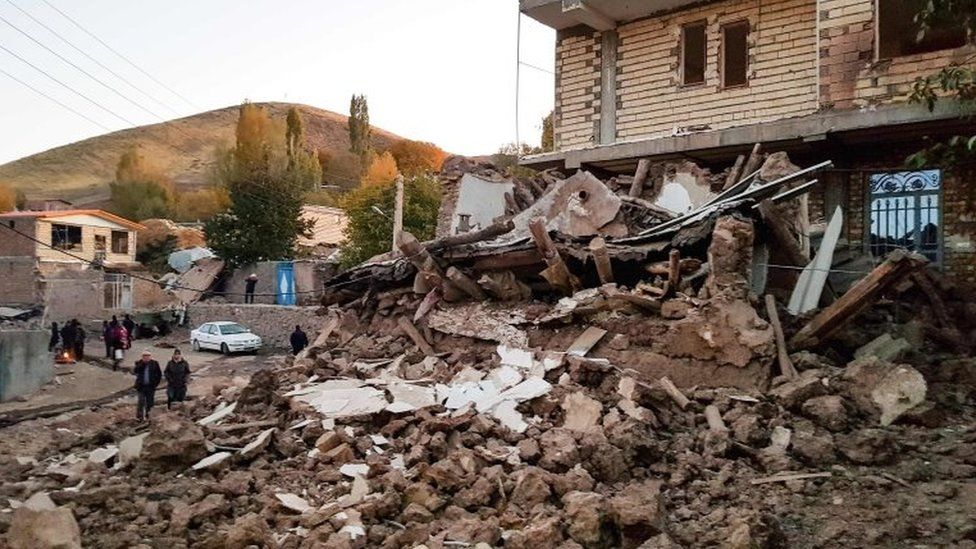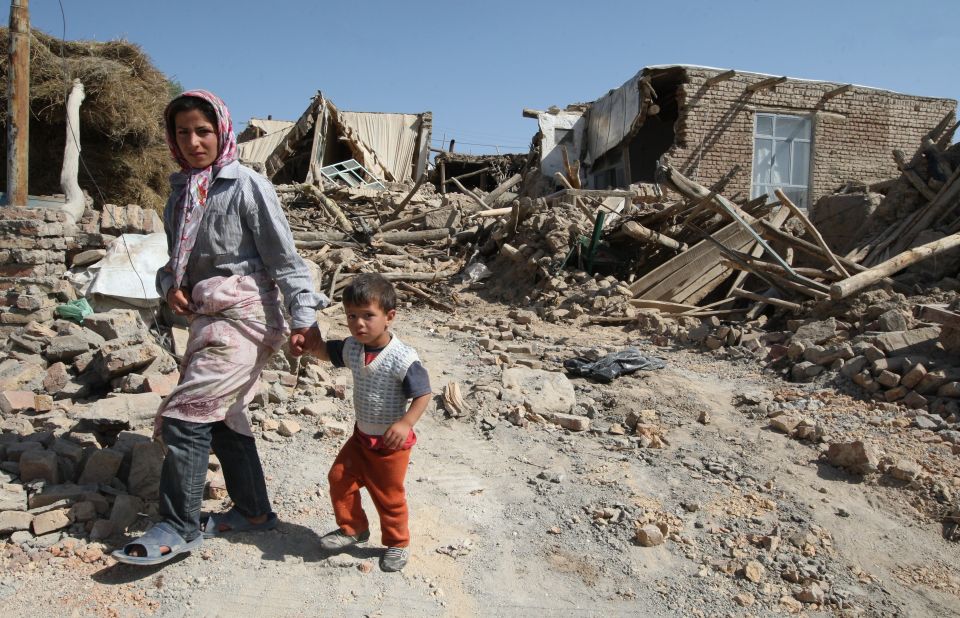Iran, a land of ancient empires and breathtaking landscapes, sits atop one of the most seismically active regions in the world. In recent years, the country has experienced a noticeable uptick in earthquake activity, culminating in a magnitude 5.1 quake that struck northern Iran near Semnan on June 20, 2025. While this event caused minimal damage and no reported casualties, it has reignited public concern and scientific inquiry into Iran’s seismic future.
A Nation on the Edge: Why Iran Is Prone to Earthquakes
Iran lies at the convergence of the Arabian and Eurasian tectonic plates. This collision zone, known as the Zagros Fold and Thrust Belt, stretches across much of western and southern Iran. The constant pressure between these plates results in frequent seismic activity, making Iran one of the most earthquake-prone countries on Earth.
According to seismological data, Iran experiences over 2,100 earthquakes annually, with 15 to 16 of those reaching a magnitude of 5.0 or higher. These aren’t just numbers—they represent a persistent threat to millions of lives and billions in infrastructure.

The June 2025 Semnan Earthquake: A Wake-Up Call
The June 20 quake struck approximately 36 kilometers northwest of Semnan, a city with a population of around 124,000. The tremor, recorded at a depth of 10 kilometers, was felt as far as Tehran, about 150 kilometers away. While the damage was minimal, the quake’s proximity to key infrastructure—including nuclear and missile facilities—sparked speculation and concern.
Interestingly, this seismic event occurred amid heightened geopolitical tensions, with ongoing Israeli airstrikes in the region. While experts caution against drawing direct links between military activity and tectonic shifts, the timing has fueled public anxiety and conspiracy theories alike.
Add Your Heading Text HeaA Pattern Emerges: Recent Earthquake Activity in Iranre
The Semnan quake is not an isolated incident. In the past 30 days alone, Iran has experienced at least nine earthquakes of magnitude 4.0 or higher. These include:
- A 5.2 magnitude quake in Kūh Sefīd, Kerman Province
- A 4.6 magnitude tremor in Shūshtar, Khuzestan
- A 4.3 magnitude quake in Sabzevar, Razavi Khorasan
This pattern suggests a broader trend of increased seismic activity, particularly in central and southern Iran. While some of these quakes are relatively minor, their frequency and distribution are cause for concern.

Historical Context: Iran’s Deadliest Earthquakes
Iran’s seismic history is marked by tragedy. Some of the most devastating earthquakes in the country’s history include:
2003 Bam Earthquake: A magnitude 6.6 quake that killed over 26,000 people and destroyed much of the ancient city of Bam.
1990 Manjil–Rudbar Earthquake: A magnitude 7.4 quake that resulted in approximately 40,000 deaths.
2017 Kermanshah Earthquake: A magnitude 7.3 quake that killed over 600 people and injured thousands more.
These events underscore the catastrophic potential of even moderately strong earthquakes in densely populated or poorly constructed areas.
Urban Vulnerability: Why Iran’s Cities Are at Risk
Many Iranian cities, including Tehran, are built on or near fault lines. Rapid urbanization, aging infrastructure, and lax enforcement of building codes exacerbate the risk. In Tehran alone, experts estimate that a major earthquake could result in tens of thousands of deaths and widespread destruction.
Despite efforts to retrofit buildings and improve emergency preparedness, progress has been slow. The Semnan quake serves as a reminder that Iran’s urban centers remain dangerously vulnerable.

The Role of Technology and Preparedness
In recent years, Iran has made strides in earthquake monitoring and early warning systems. The Iranian Seismological Center and the International Institute of Earthquake Engineering and Seismology (IIEES) have expanded their networks and improved data analysis capabilities.
However, early warning is only part of the equation. Public education, emergency drills, and resilient infrastructure are equally critical. Countries like Japan have demonstrated that a comprehensive approach can significantly reduce casualties and damage.
Climate Change and Earthquakes: Is There a Link?
While earthquakes are primarily driven by tectonic forces, some researchers are exploring potential links between climate change and seismic activity. For instance, the melting of glaciers and the draining of large reservoirs can alter stress on fault lines. Though speculative, these theories highlight the complex interplay between natural and human-induced changes in the Earth’s crust.
In Iran’s case, prolonged droughts and water mismanagement have led to significant land subsidence in some regions. While not directly causing earthquakes, these changes can influence how seismic waves propagate and how the ground responds to shaking.
Geopolitical Implications: Earthquakes in a Volatile Region
Iran’s strategic location and political tensions add another layer of complexity to its earthquake risk. The recent Semnan quake occurred amid ongoing conflict with Israel, leading to speculation about the safety of nuclear facilities and the potential for cascading crises.
While there is no evidence to suggest that military activity triggered the quake, the incident underscores the need for robust safety protocols at sensitive sites. In a region where diplomacy is fragile and mistrust runs deep, even natural disasters can become flashpoints.
Looking Ahead: What Can Be Done?
To mitigate the impact of future earthquakes, Iran must prioritize:
Strengthening Building Codes: Enforce modern seismic standards, especially in high-risk urban areas.
Public Awareness Campaigns: Educate citizens on earthquake preparedness and response.
Investment in Infrastructure: Retrofit schools, hospitals, and critical facilities.
International Collaboration: Partner with global experts and institutions for research and technology sharing.
Transparent Communication: Combat misinformation and build public trust through timely, accurate updates.

Conclusion: A Nation at a Crossroads
Iran’s earthquake trend is a stark reminder of the country’s geological reality. While the earth’s movements are beyond human control, their consequences are not. With foresight, investment, and collective will, Iran can transform its seismic vulnerability into a story of resilience and preparedness.
The tremors beneath the surface may be inevitable—but disaster doesn’t have to be.






